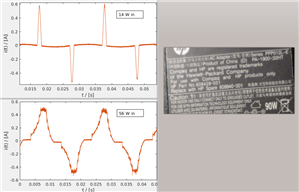Afternoon,
I was wondering if anyone has nay experiences of having issues with high 3rd harmonic currents on the neutral on high-rised residential schemes? I appreciate non-linear single phase loads will impact the 3rd harmonic and even on a balanced system harmonics are an issue but we are measuring it at 300% but I can’t think why this may be the case on a residential building.
Does anyone have any ideas?
M


